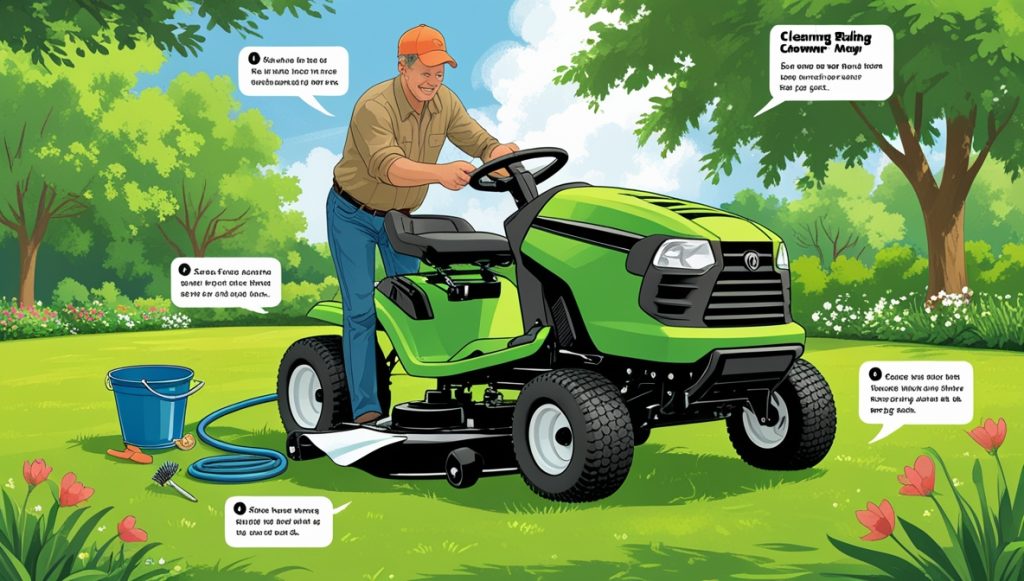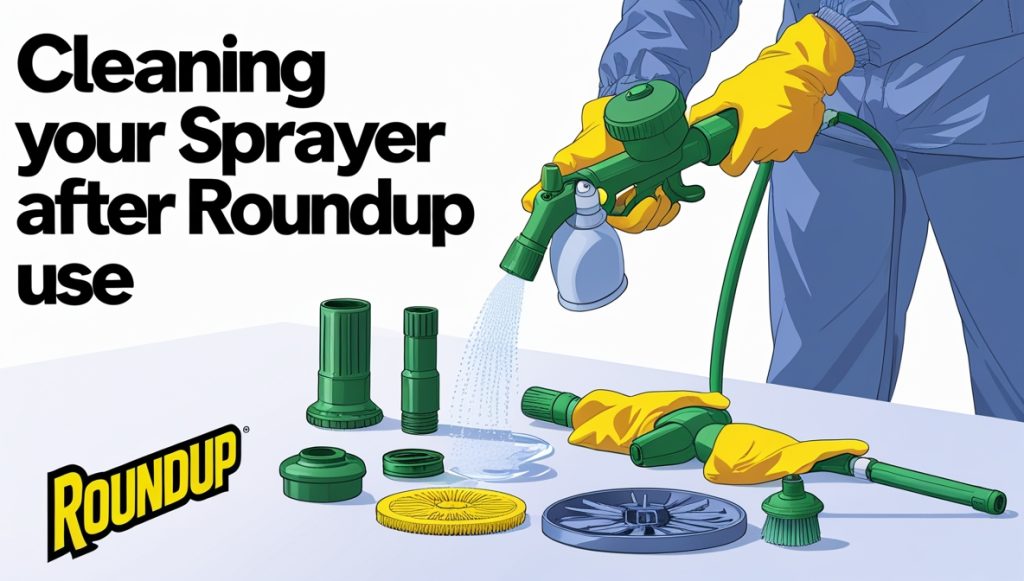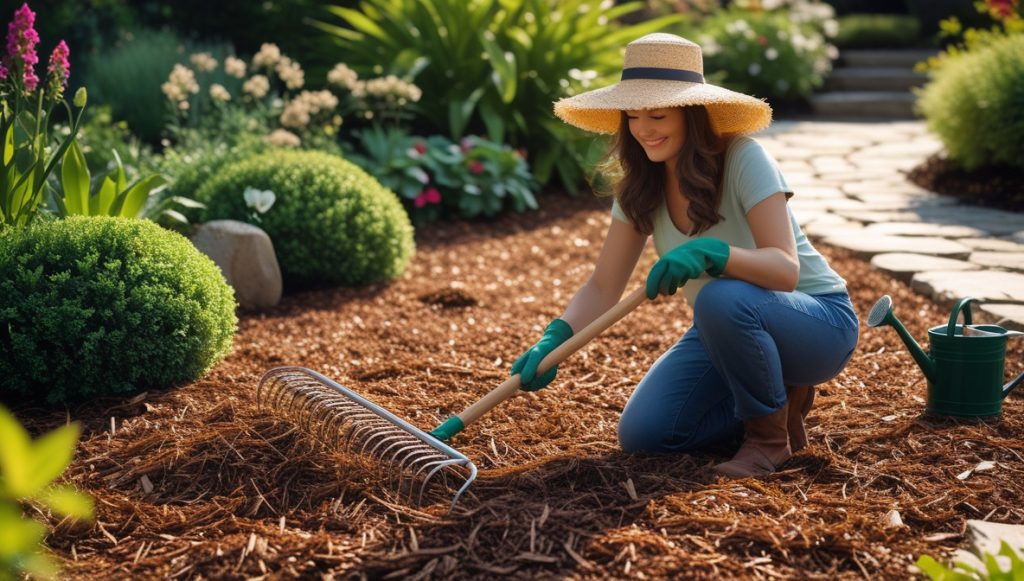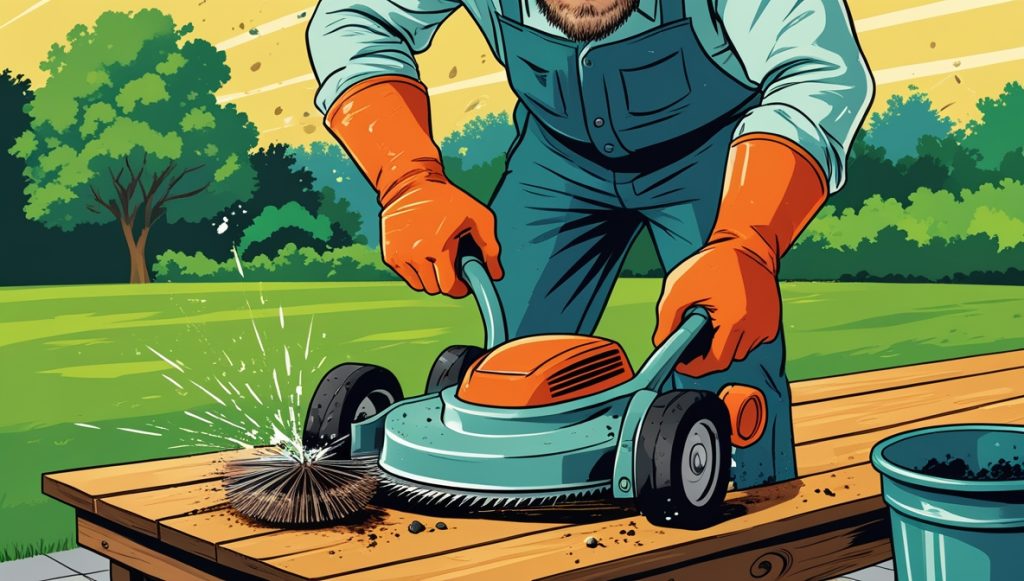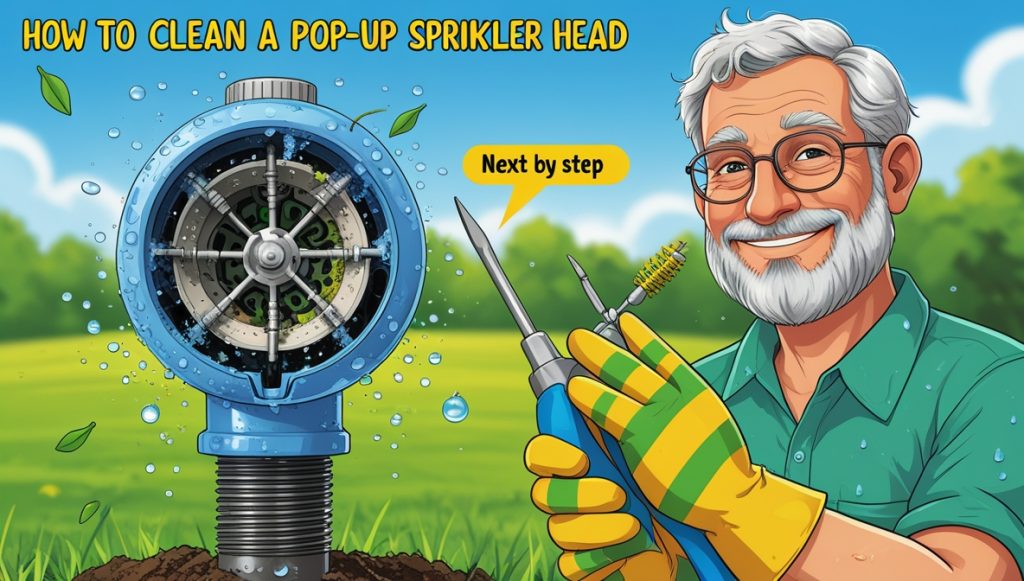Dealing with voles and moles in your garden can be incredibly frustrating. These subterranean critters can wreak havoc on your landscaping and leave you wondering how to get rid of them permanently. This guide will walk you through various methods for controlling these pests, from simple DIY solutions to when it’s best to call in the professionals. Remember, patience and a multi-pronged approach are often key to success in {how to get rid of voles moles permanently}.
Contents
- Understanding Your Enemy: Voles vs. Moles
- Easy Ways to Spot a Vole Infestation
- DIY Traps: Catching Those Pesky Critters
- Poison Control: A Risky Business?
- Repellents: Do They Really Work?
- Professional Help: When to Call in the Experts
- Preventing Future Vole Problems
- Protecting Your Garden from Invasion
- Long-Term Solutions for Vole Control
- Living in Harmony (Almost!) with Wildlife
Understanding Your Enemy: Voles vs. Moles
Voles and moles, while both burrowing rodents, are quite different. Voles are small, mouse-like creatures with short, stubby tails. They primarily feed on plants, leaving behind characteristic runways and clipped vegetation. Moles, on the other hand, are larger and have velvety fur, a pointed snout, and powerful claws. They are insectivores, creating raised tunnels and leaving behind characteristic mounds of dirt. Knowing the difference helps you target your control efforts more effectively.
Consequently, understanding their distinct behaviors is crucial for effective control. Voles tend to create surface runways, while moles create more substantial underground tunnels. This difference in behavior dictates the type of control methods that will be most effective.
Easy Ways to Spot a Vole Infestation
The first sign of a vole infestation is often the damage itself. Look for neatly clipped grass, especially in patches, and runways winding through your lawn or garden. You might also find small piles of droppings, which resemble tiny black seeds. Furthermore, you may see the voles themselves, particularly at dawn and dusk, scurrying through the grass.
In addition to these visual cues, listen for rustling sounds in the grass, especially near plants. These subtle noises can indicate the presence of voles moving through their underground tunnels. Regularly inspecting your garden, especially after periods of rain or heavy snowfall, can help you catch an infestation early.
DIY Traps: Catching Those Pesky Critters
Snap traps are a common and effective DIY method for catching voles. Place them along runways or near burrow entrances, baiting them with peanut butter or other appealing foods. Remember to check the traps regularly and dispose of any caught voles humanely. Havahart traps, which catch voles alive, are another option if you prefer not to kill them.
Alternatively, consider using glue traps, but be aware that these can be inhumane if not monitored closely. Always prioritize the humane treatment of animals, even pests. If DIY trapping doesn’t prove effective, it’s time to consider other options.
Poison Control: A Risky Business?
While rodenticides are available, using poison to control voles and moles carries significant risks. Poison can harm pets, wildlife, and even children if not handled extremely carefully. Furthermore, dead voles and moles can decompose underground, creating unpleasant odors and potentially attracting other pests. It’s generally advised to avoid poison unless absolutely necessary and only under the guidance of a pest control professional.
Therefore, explore other, safer methods first before resorting to poison. The potential risks outweigh the benefits in most situations, especially considering the availability of humane and effective alternatives.
Repellents: Do They Really Work?
Many repellents claim to deter voles and moles, but their effectiveness varies greatly. Some repellents use strong scents, like castor oil or garlic, to repel the animals. Others utilize ultrasonic devices that emit high-frequency sounds supposedly unpleasant to the pests. However, the results are often inconsistent, and these methods are generally more effective as preventative measures rather than solutions for existing infestations.
In short, repellents are best used in conjunction with other methods. They’re unlikely to eliminate an existing problem on their own, but they might help prevent future infestations when used proactively.
Professional Help: When to Call in the Experts
If DIY methods fail to control the vole or mole population, it’s time to call in the professionals. Pest control experts have access to more powerful tools and techniques, including fumigation or specialized trapping methods. They can also accurately identify the type of pest you’re dealing with and develop a tailored control plan. Professionals can offer long-term solutions and prevent future problems.
Moreover, professionals are equipped to handle larger infestations more efficiently and effectively. They possess the knowledge and experience to tackle complex situations and minimize the risk of environmental damage or harm to non-target species.
Preventing Future Vole Problems
Regular lawn maintenance is crucial for preventing future vole problems. Keep your grass trimmed short, as long grass provides ideal cover for voles. Remove any debris or clutter that could provide shelter. Furthermore, consider planting plants that voles dislike, such as daffodils or alliums. These natural deterrents can help keep voles away from your garden.
Additionally, seal any cracks or gaps in your home’s foundation or outbuildings, preventing voles from entering. Regularly inspect your property for signs of vole activity and address any issues promptly to prevent infestations from escalating.
Protecting Your Garden from Invasion
Protecting your garden from voles involves creating physical barriers. Hardware cloth, buried around the base of vulnerable plants, can prevent voles from accessing roots and bulbs. You can also use raised garden beds or containers to keep plants out of reach. Furthermore, consider planting in pots or raised beds to keep plants out of direct contact with the ground.
In addition to these measures, consider companion planting. Certain plants, like marigolds, are known to repel voles. Integrating these into your garden can help create a less appealing environment for these pests.
Long-Term Solutions for Vole Control
Long-term solutions for vole control often involve a combination of methods. Regular monitoring, preventative measures, and timely intervention are key. A multi-pronged approach, combining trapping, repellents, and habitat modification, is often the most effective strategy. Remember, consistency is crucial for long-term success.
Ultimately, a proactive approach is the best way to manage voles and moles. Regular inspections, preventative measures, and a willingness to adapt your strategy based on the results will lead to the most effective long-term control.
Living in Harmony (Almost!) with Wildlife
While controlling voles and moles is important to protect your garden, it’s also important to remember that they are part of the ecosystem. Avoid using harmful poisons whenever possible. Focus on humane trapping and preventative measures to minimize their impact on your property while respecting their role in nature. Finding a balance between protecting your garden and coexisting with wildlife is the ultimate goal.
In conclusion, a compassionate and effective approach to pest control is achievable. By understanding their behavior and employing a variety of humane and effective strategies, you can successfully manage your garden while still respecting the natural world.
Getting rid of voles and moles permanently requires a persistent and multifaceted approach. By understanding their habits, employing a combination of techniques, and prioritizing humane methods, you can effectively protect your garden while fostering a more balanced coexistence with wildlife. Remember, patience and consistency are key to long-term success.


